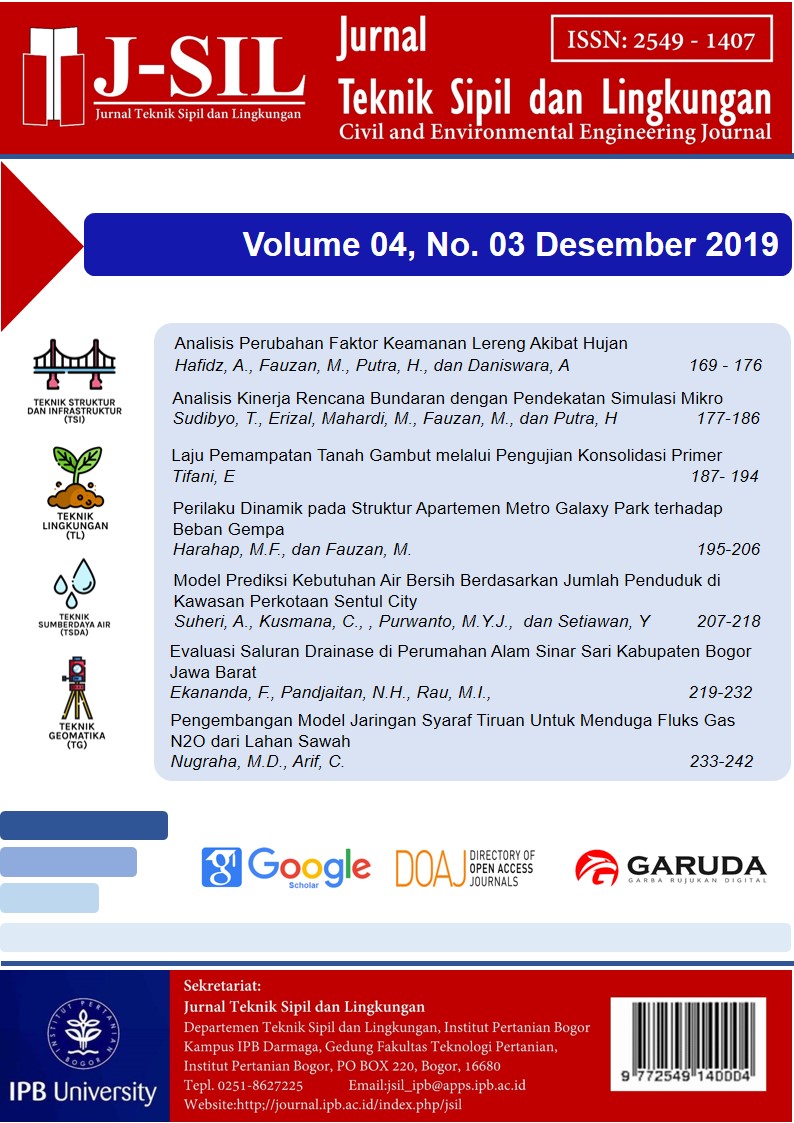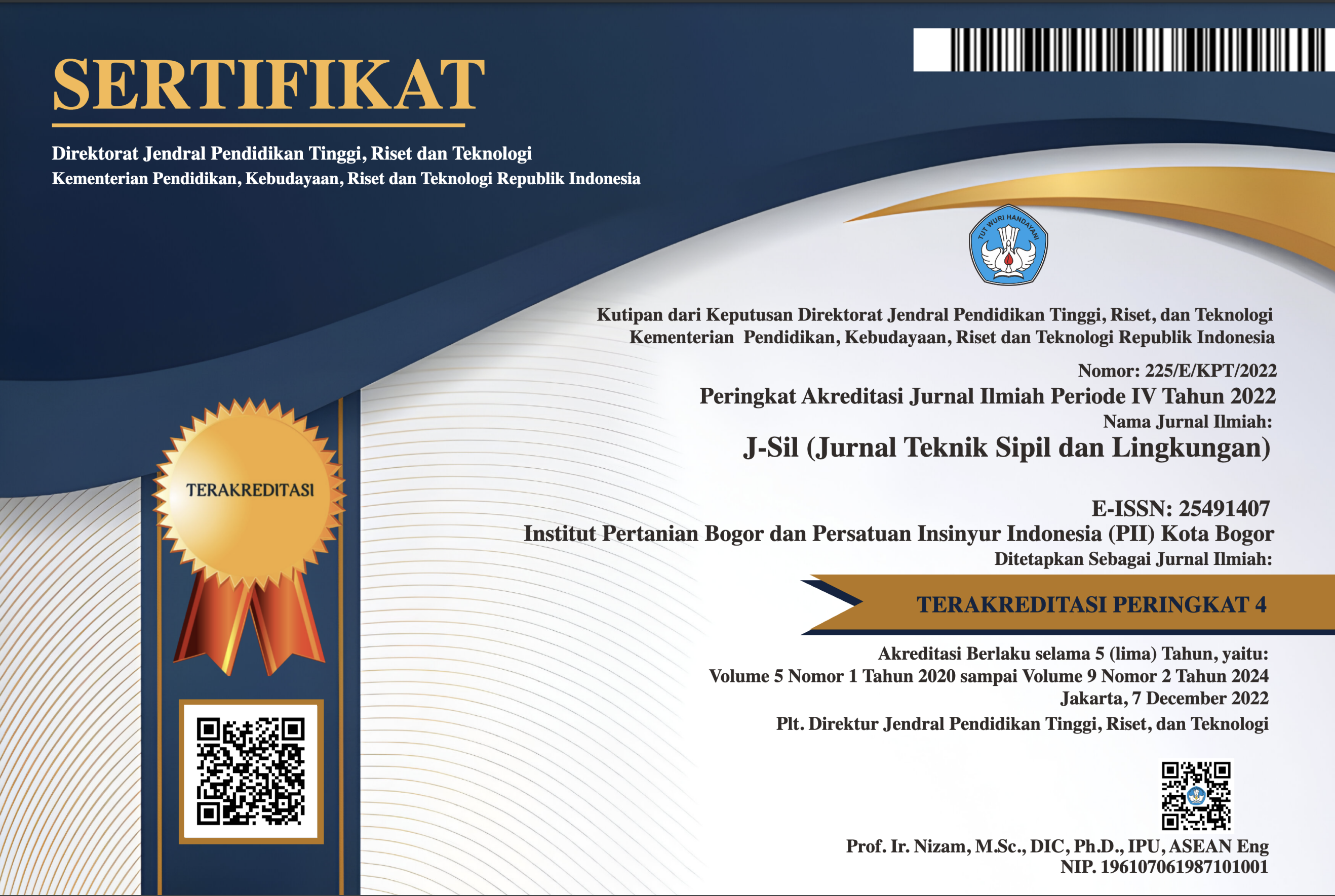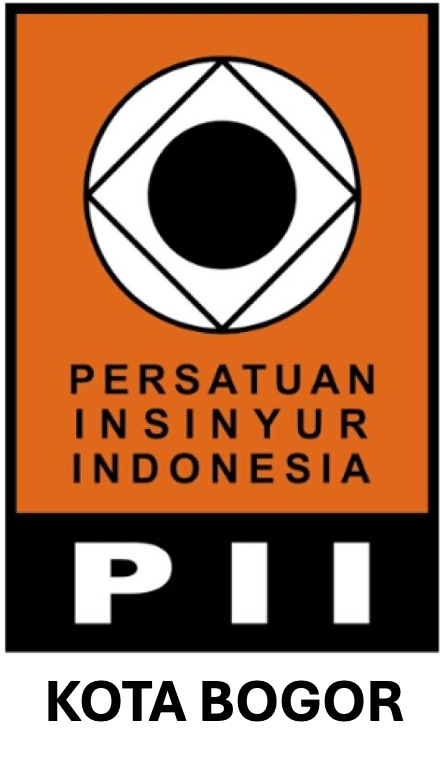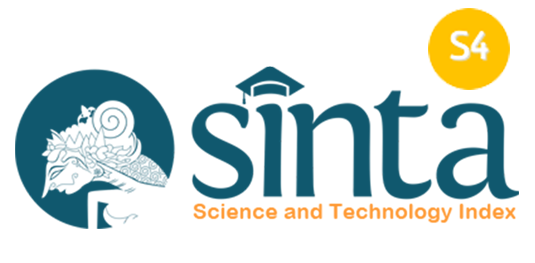Laju Pemampatan Tanah Gambut melalui Pengujian Konsolidasi Primer
Abstract
On the very soft soil conditions that are easily compressed and thick like peat soil, initial loading is required by first loading the soil, the aim is to increase the carrying soil bearing capacity and reduce the settlement in primary consolidation before permanent construction of civil buildings is carried out, this method is known as preloading. Based on this, it is necessary to carry out a primary consolidation test using an oedometer to determine the rate of compression of the peat soil and how much reduction (consolidation) occurs using the square root of time method. Testing of the peat soil compression rate is carried out as much as 6 times of loading and 2 times of unloading in based on gdmaks and OMC conditions. From the test results, it is found that the compression that occurs in peat soil is very large at the beginning of loading, then the compression is smaller in stage during 6 times of loading, this shows that peat soil has a very high compression and compressibility rate at the beginning of loading at time t90 with the resulting curve linear.
Keywords: Peat Soil, Compression, Loading Unloading, Consolidation
Downloads
Authors who publish with Jurnal Teknik Sipil dan Lingkungan, JSIL agree to the following terms:
a. Authors retain copyright and grant the journal right of first publication with the work simultaneously licensed under a Creative Commons Attribution License that allows others to share the work with an acknowledgment of the work's authorship and initial publication in this journal.
b. Authors are able to enter into separate, additional contractual arrangements for the non-exclusive distribution of the journal's published version of the work (e.g., post it to an institutional repository or publish it in a book), with an acknowledgment of its initial publication in this journal.
c. Authors are permitted and encouraged to post their work online (e.g., in institutional repositories or on their website) prior to and during the submission process, as it can lead to productive exchanges, as well as earlier and greater citation of published work (See The Effect of Open Access).











